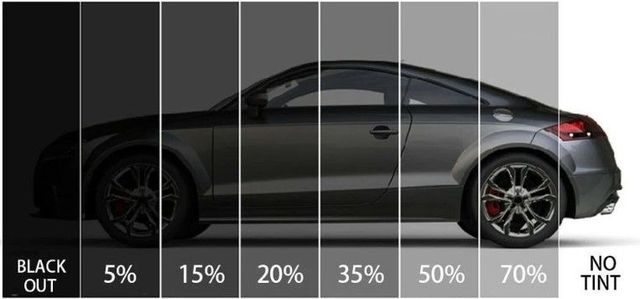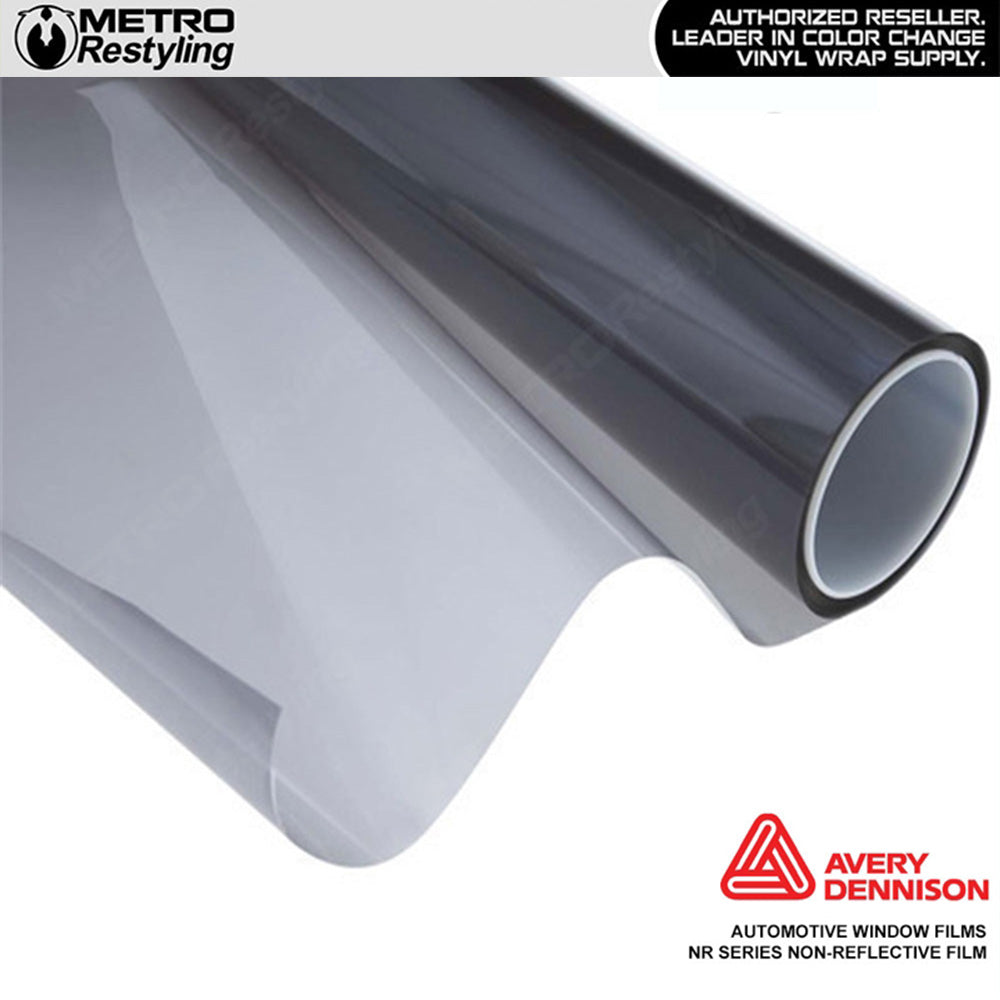Every little thing You Need to Find Out About Vehicle Window Tinting for Your Car
Car window tinting is a sensible improvement for many car owners. It provides advantages such as boosted comfort and power performance. Different color movies deal with different requirements and choices. Recognizing legal policies and choosing the ideal tint percentage is crucial. The installment process and proper upkeep also play significant roles in making certain the longevity of the tint. What various other elements should one think about before deciding on window tinting?
Advantages of Car Window Tinting
Some automobile owners may forget it, auto home window tinting offers numerous benefits that boost both the driving experience and the vehicle's long life. One of the key advantages is the decrease of warmth buildup inside the lorry, allowing for a more comfortable ride, particularly throughout heat. This can result in decreased reliance on air conditioning, improving gas efficiency.Additionally, home window tinting provides defense against dangerous UV rays, which can trigger skin damages and discolor indoor materials with time. By blocking these rays, the tint assists protect the car's interior and maintain its resale value.Moreover, tinted home windows can enhance privacy and security, as they make it a lot more difficult for outsiders to see inside the lorry. This added layer of defense can prevent prospective burglary. Overall, vehicle home window tinting works as a useful financial investment that adds to both comfort and the car's total well-being.
Kinds Of Window Tint Films
When thinking about automobile window tinting, automobile owners encounter a selection of home window tint films, each designed to fulfill details demands and preferences. The very first group is dyed home window movie, which provides a basic degree of personal privacy and UV protection while being cost-efficient. Next off, metalized films integrate little metallic particles, showing warmth and improving toughness, although they may hinder electronic signals.Ceramic films are one more option, understood for their superior warmth rejection and clearness, using high efficiency without signal disturbance. Lastly, hybrid films integrate qualities of colored and metalized films, striking an equilibrium between expense and capability. Each kind of window color movie presents special advantages, allowing automobile proprietors to choose based on their specific needs, such as warmth spending plan, look, and control factors to consider. Recognizing these alternatives is important for making a notified decision concerning automobile window tinting.
Comprehending Lawful Regulations
When thinking about car window tinting, it is vital to comprehend the legal laws that govern color darkness limits and windscreen color needs. These policies can differ substantially from one state to another, influencing what is permitted for vehicle owners. Acquainting oneself with these legislations assurances compliance and helps stay clear of possible fines or penalties.
Color Darkness Restrictions
How can lorry proprietors assure they stay certified with neighborhood regulations relating to window tinting? Recognizing tint darkness limits is crucial. Each state has details laws that dictate the permissible degrees of darkness for home window tints, which are measured by Visible Light Transmission (VLT) percents. Commonly, front-side home windows should enable a higher portion of light contrasted to rear home windows. For example, some states may allow just 30% VLT for front home windows, while the back windows could be permitted to have notably darker colors. To assure compliance, automobile owners need to seek advice from state standards or regional police for accurate info. Additionally, certified tinting professionals can give insights concerning lawful limitations, ensuring that automobile owners make notified choices.
Windscreen Tint Laws

State-Specific Laws
Steering via the landscape of state-specific legislations concerning vehicle home window tinting needs careful interest to information, as regulations can vary considerably from one state to another. Each state has its very own collection of regulations regulating allowable tint percentages, sorts of materials, and placement on automobile home windows. As an example, some states permit darker colors on back home windows while banning them on front home windows, while others have more stringent overall limits. In addition, particular states mandate the usage of certain products or call for certification from installers. Failing to conform with these guidelines can lead to fines or the requirement to get rid of non-compliant tint. Automobile owners ought to consult their state's Department of Electric motor Vehicles or appropriate authority to guarantee adherence to neighborhood legislations.
Choosing the Right Color Percentage
When picking the appropriate color percentage for a vehicle's home windows, one need to think about various variables that impact both aesthetics and capability. Tint portions usually range from 5% to 70%, with reduced portions giving darker shades and greater portions permitting a lot more light in. A darker color can improve personal privacy and minimize glow, while a lighter tint can keep exposure and comply with legal restrictions.Furthermore, personal choice plays a significant duty in this decision. Some people may favor the smooth look of darker tints, while others could favor an extra open, airy feel. Additionally, the automobile's purpose need to be taken into account; as an example, those utilizing their vehicles for industrial purposes might go with lighter colors to preserve an expert look.Ultimately, the appropriate tint percentage equilibriums individual style, comfort, and adherence to regional guidelines, ensuring a satisfying tinting experience.
The Installation Refine
An effective setup of window tint requires cautious focus to detail and the right devices. The process normally begins with thorough cleansing of the home windows to get rid of dirt, particles, and dust, guaranteeing appropriate bond of the film. Once the surfaces are prepared, the installer measures and reduces the color movie to fit each window accurately.Next, the movie is placed on the glass, often using a solution to facilitate easy adjustment and prevent air bubbles. Heat is sometimes used to the movie to conform it to the home window's curves, improving its look and durability. After validating a smooth fit, the installer diligently cuts any type of excess film along the edges.Finally, the installer look for flaws and verifies all sides are safe and secure. This careful method is necessary not just for aesthetics however also for attaining the desired efficiency benefits of home window tinting, such as UV protection and heat decrease.
Maintenance and Look After Tinted Windows
Appropriate upkeep and care are important for maintaining the stability of colored home windows. Efficient cleaning techniques, the evasion of hazardous chemicals, and normal evaluations for damages play important duties in making sure durability. By following these guidelines, lorry proprietors can preserve the useful and aesthetic advantages of their home window color.
Cleansing Techniques for Color
Maintaining the clearness and longevity of colored home windows needs specific cleaning strategies customized to the film's delicate surface area. It is necessary to make use of a soft microfiber cloth to stay clear of scraping the tint while cleansing. A gentle remedy of water and a few this website declines of mild meal soap can properly get rid of dust and gunk. It is advisable to use the cleansing service to the fabric, as opposed to straight onto the colored surface, to avoid dampness from permeating right into the sides of the film. Gentle, round movements need to be employed to clean up the home windows completely. Routine cleansing aids keep presence and prevents buildup, making sure that the color continues to be in prime problem over time. Following these methods will certainly prolong the life of colored home windows.
Staying Clear Of Hazardous Chemicals
Numerous home cleansing items are efficient on different surfaces, they can pose substantial threats to colored windows. Chemicals such as ammonia, bleach, and certain solvents can degrade the color movie, bring about staining and peeling. Individuals must go with pH-balanced cleansers particularly designed for colored home windows. In addition, utilizing soft microfiber cloths will certainly assist avoid scratches and keep the tint's honesty. Routine maintenance is essential; subsequently, preventing harsh scrubbing up or rough materials is essential. It is suggested to review product tags meticulously to confirm compatibility with home window colors. By selecting the appropriate cleaning remedies and tools, vehicle proprietors can preserve the look and performance of their colored windows, assuring a much longer lifespan and optimal performance.
Checking for Damages
Regular examinations of tinted windows are very important for identifying any kind of indicators of damages that might jeopardize their effectiveness and look. Proprietors should seek gurgling, peeling, or discoloration, as these problems can show bad setup or direct exposure to dangerous elements. It is a good idea to examine the edges of the film where peeling may start and inspect for any scrapes that can affect visibility. Furthermore, ultraviolet (UV) rays can create the color to deteriorate over time, so monitoring its performance in blocking UV light is essential. If any damages is identified, prompt activity needs to be taken, which may consist of expert repair service or substitute. Keeping tinted windows not only enhances aesthetics however likewise assurances proceeded security for both guests and the lorry inside.
Usual Misconceptions Concerning Home Window Tinting
What misconceptions border home window tinting for cars? Lots of individuals believe that all window tints are illegal, but guidelines differ by state, enabling for details degrees of tinting. One more typical myth is that darker tints block even more heat; however, the effectiveness of window films depends on their technology as opposed to darkness. Some individuals likewise believe that window tinting is solely for aesthetic appeals, ignoring its advantages, such as UV defense and glare reduction. Furthermore, several assume that home window tinting will harm their automobile's glass, however expertly applied colors can really enhance glass resilience. Finally, there is a belief that home window colors obstruct visibility, yet high-quality films are developed to preserve clear sightlines while providing personal privacy. Comprehending these misconceptions assists customers make notified choices relating to home window tinting, guaranteeing they delight in the full variety of advantages it uses.
Often Asked Inquiries
For How Long Does Home Window Tinting Generally Last?
The durability of home window tinting varies based on aspects such as installation top quality, film type, and ecological problems. Generally, high-quality tint can last anywhere from five to 10 years before requiring substitute or reapplication.
Can I Eliminate Home Window Tint Myself?
Getting rid of home window color oneself is possible, though it might be tough. Individuals ought to use a heat source and adhesive cleaner to relieve the process, but care is suggested to stay clear of damaging the automobile's glass or interior.
What Devices Are Needed for Do It Yourself Window Tinting?

Will Home Window Tinting Damage My Car's Glass?
Home window tinting, when used correctly, generally does not damage a vehicle's glass. Inappropriate installation or low-quality films may lead to peeling off, bubbling, or scraping, potentially endangering the honesty of the glass over time.
Can Tinted Windows Affect My Car's Resale Worth?
The impact of tinted home windows on an automobile's resale value can vary. While some customers appreciate the added privacy and UV protection, others might see it as a potential problem, possibly impacting resale favorably or negatively. When thinking about car window tinting, lorry owners experience a selection of home window tint films, each developed to meet details demands and preferences. When thinking about automobile window tinting, it is vital to understand the pop over to this site lawful laws that control color darkness limitations and windshield color needs. Normally, front-side windows should allow a greater percent of light compared to back home windows. Some states may enable only 30% VLT for front home windows, while the rear home windows might be allowed to have notably darker colors. Some states permit darker tints on back windows while restricting them on front windows, while others have more stringent total limitations.